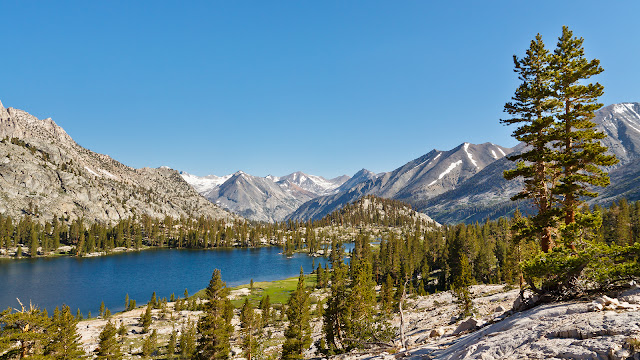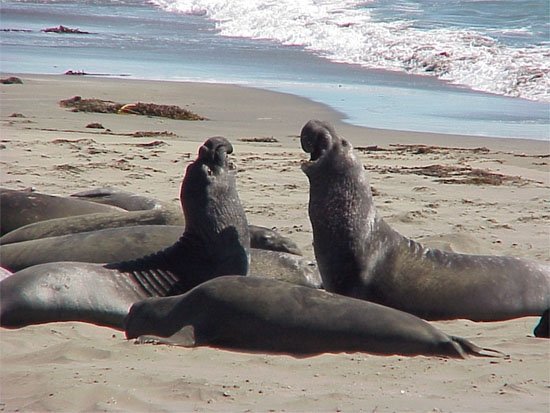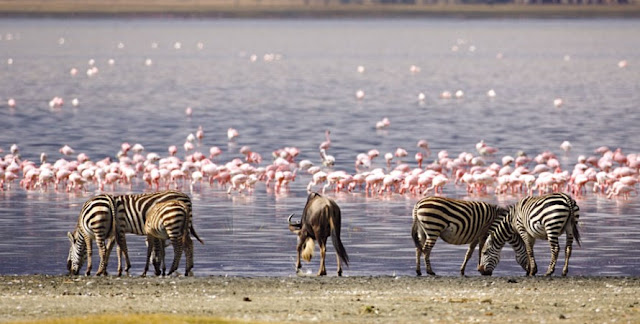Enter the park via the Kings Canyon Scenic Byway (Route 180), having spent the night in Fresno or Visalia. Better yet, wake up already in Grant Grove Village, perhaps in the John Muir Lodge. Stock up for a picnic with takeout food from the Grant Grove Restaurant, or purchase prepackaged food from the nearby market. Drive east a mile to see the General Grant Tree and compact Grant Grove’s other sequoias. If it’s no later than midmorning, walk up the short trail at Panoramic Point, for a great view of Hume Lake and the High Sierra.
Either way, return to Route 180 and continue east. Stop at Junction View to take in several noteworthy peaks that tower over Kings Canyon. From here, visit Boyden Cavern or continue to Cedar Grove Village, pausing along the way for a gander at Grizzly Falls. Eat at a table by the South Fork of the Kings River, or on the deck of the Cedar Grove Snack Bar.
Now you are ready for the day’s highlight, strolling Zumwalt Meadow, which lies a few miles past the village. After you have enjoyed that short trail and the views it offers of Grand Sentinel and North Dome, you might as well go the extra mile to Roads End, where backpackers embark on the High Sierra wilderness. Make the return trip—with a quick stop at Roaring River Falls—past Grant Grove and briefly onto southbound Generals Highway.
Pullover at the Redwood Mountain Overlook and use binoculars to look down upon the world’s largest sequoia grove, then drive another couple of miles to the Kings Canyon Overlook, where you can survey some of what you have done today. If you’ve made reservations and have time, have a late dinner at Wuksachi Lodge.
































_0.jpg)
















